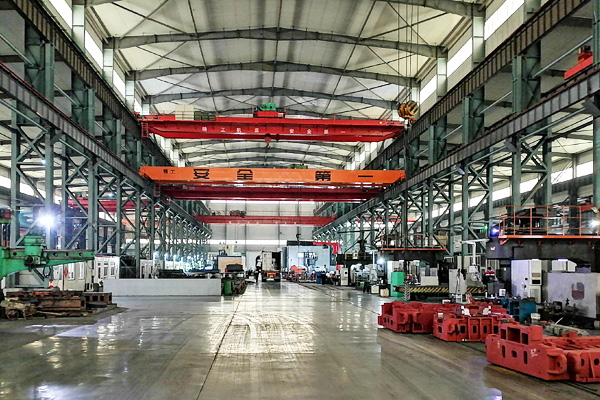Product Details
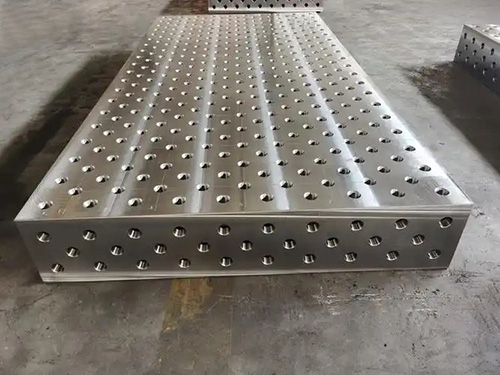






Stainless Steel Welding Table
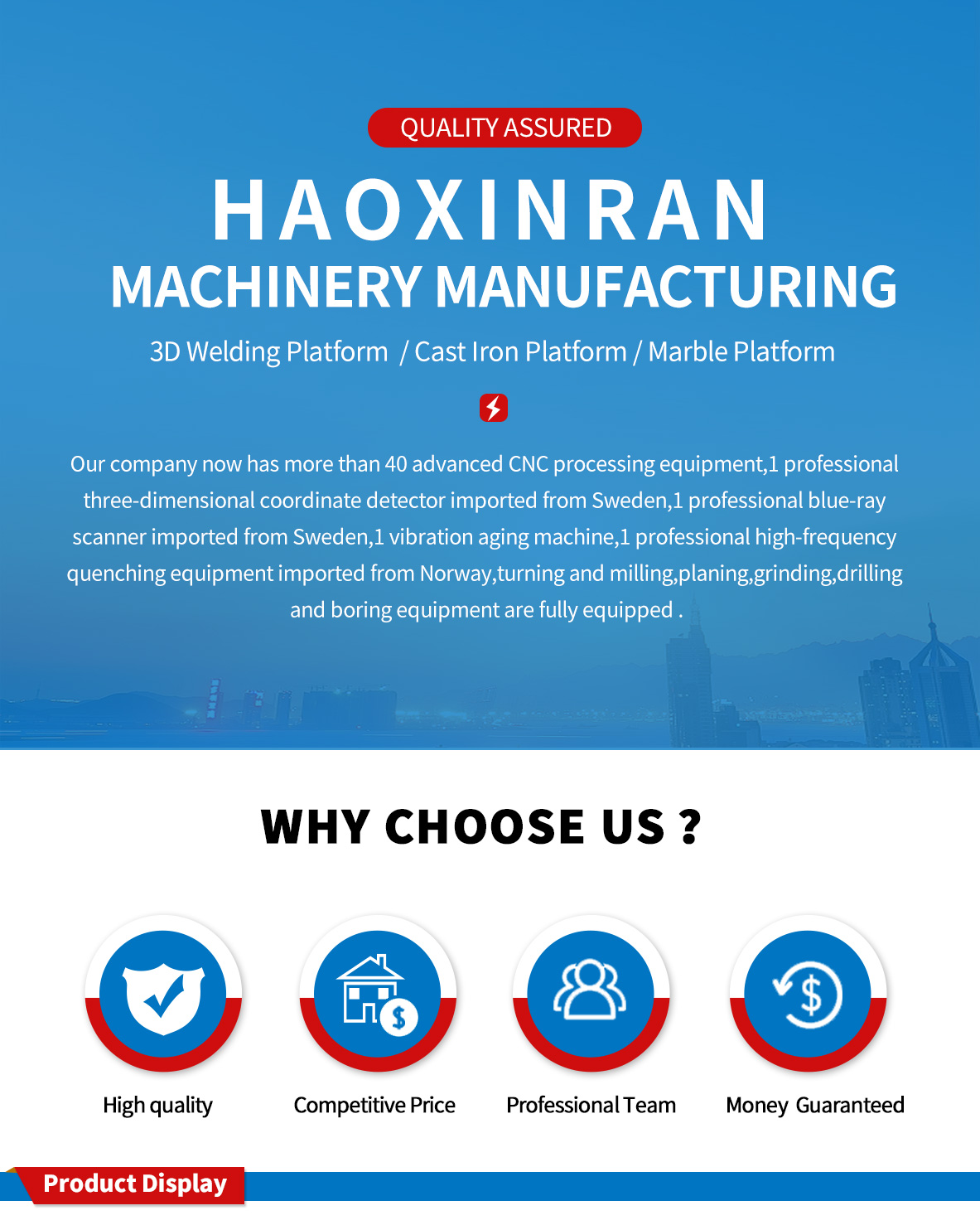
Stainless Steel Welding Table characteristic:
Strong corrosion resistance: Made of stainless steel materials such as 304, 316, etc., it has good resistance to weak corrosive media such as air, steam, water, and chemical corrosive media such as acid, alkali, salt, etc. It can effectively prevent the workbench from rusting and corroding, extend its service life, and is suitable for various harsh working environments.
Sanitary and aesthetically pleasing: The stainless steel surface is smooth and not easily contaminated with dust, oil, and bacteria. It is easy to clean and can maintain a clean and hygienic working environment. At the same time, the metallic texture of stainless steel gives it a certain degree of aesthetics, which can enhance the overall image of the workplace.
High strength and stability: Stainless steel has high strength and hardness, can withstand large weight and pressure, and is not easily deformed during welding, providing a stable support platform for welding operations. Its structural design is reasonable, usually using thickened plates and reinforced ribs to further enhance the stability of the workbench.
Multifunctionality: Customization can be made according to different welding needs, such as equipping different types of fixtures, positioning devices, tool slots, etc., to meet the welding requirements of various workpieces. In addition, cutting, polishing, assembly and other related operations can be carried out on the workbench to achieve the integration of multiple functions.
Good high temperature resistance: High temperatures are generated during the welding process, and the stainless steel welding workbench can withstand high temperatures without being easily damaged or deformed due to high temperatures, ensuring the normal progress of welding work.
Structure and components
Tabletop: Generally made of stainless steel sheet, with a thickness between 1.2mm-3.0mm. Different thicknesses of sheet can be selected according to the size and load-bearing requirements of the workbench. The tabletop has been leveled and the surface is smooth to ensure smooth placement of workpieces and high welding accuracy.
Bracket: Used to support countertops, usually welded from stainless steel square or round tubes. The structural design of the bracket should be reasonable to ensure the stability and load-bearing capacity of the workbench. Some workbench supports are also equipped with adjustable foot cups or rollers, making it easy to adjust the height and movement position of the workbench.
Fixtures and accessories: In order to facilitate the fixation of workpieces and welding operations, stainless steel welding workbenches are usually equipped with various fixtures such as quick clamps, bolt fixtures, magnetic fixtures, as well as accessories such as positioning pins, angle rulers, and pads. These fixtures and accessories can improve the positioning accuracy and welding efficiency of workpieces.
Protective devices: Some stainless steel welding workbenches are also equipped with protective devices, such as guardrails, protective doors, etc., to protect the safety of operators and prevent accidents during the welding process.
application area
Mechanical manufacturing: used for welding and processing various mechanical parts, such as engine cylinder blocks, gearboxes, transmission shafts, etc. It can provide stable support and precise positioning, ensuring welding quality and assembly accuracy of parts.
Automobile manufacturing: Widely used in automobile body welding, component welding, etc., it can ensure the dimensional accuracy and overall quality of automobile bodies, and improve production efficiency.
Metal processing: suitable for welding metal structural components, such as steel structure bridges, building curtain walls, shelves, etc., to facilitate the assembly and welding of components and meet the needs of different projects.
Kitchenware and food processing: In the kitchenware manufacturing industry, it is used to weld stainless steel kitchenware, such as stoves, sinks, workbenches, etc; In the field of food processing, it can be used as a welding workbench for food processing equipment to meet hygiene requirements.
Electronic appliances: used for welding the outer shell and circuit board of electronic and electrical products. Its anti-static and dustproof characteristics can meet the production environment requirements of the electronic and electrical industry.
maintenance
Regular cleaning: After use, welding slag, oil stains, dust and other debris on the workbench should be cleaned in a timely manner to keep the table clean. A damp cloth can be used to wipe it, and neutral cleaning agents can be used if necessary, but corrosive cleaning agents such as strong acids and alkalis should be avoided.
Collision prevention: During use, attention should be paid to avoiding the workbench from being hit by heavy objects, so as not to cause deformation or damage to the workbench, affecting welding accuracy and the service life of the workbench.
Check components: Regularly inspect the fixtures, positioning devices, foot cups, rollers, and other components of the workbench for normal operation. If there is any looseness, damage, or wear, they should be tightened, replaced, or repaired in a timely manner.
Avoid long-term exposure to sunlight: Try to avoid exposing the workbench to sunlight for a long time to prevent discoloration, deformation, and other problems of stainless steel materials due to long-term exposure.
| D28 Welding Table Quotation List | |||||||
| specifications ( mm) | leg of a table | weight (kg) | Material model | ||||
| 1000*800*200 | 4 | 240 | 2D D28 SteelSeries |
3D D28 Cast Iron Series |
3D cast ironnitriding series | 3D Steel Series | 3D Steel Nitriding Series |
| 1000*1000*200 | 4 | 280 | |||||
| 1200*800*200 | 4 | 280 | |||||
| 1200*1000*200 | 4 | 330 | |||||
| 1200*1200*200 | 4 | 380 | |||||
| 1500*1000*200 | 4 | 380 | |||||
| 1500*1500*200 | 4 | 600 | |||||
| 2000*1000*200 | 4 | 500 | |||||
| 2000*1500*200 | 4 | 750 | |||||
| 2000*2000*200 | 5 | 1100 | |||||
| 2400*1200*200 | 6 | 750 | |||||
| 2500*1500*200 | 6 | 950 | |||||
| 2500*2000*200 | 8 | 1250 | |||||
| 3000*1000*200 | 6 | 800 | |||||
| 3000*1500*200 | 6 | 1100 | |||||
| 3000*2000*200 | 8 | 1500 | |||||
| 3000*2500*200 | 8 | 2000 | |||||
| 3000*3000*200 | 10 | 2500 | |||||
| 4000*1000*200 | 6 | 1100 | |||||
| 4000*2000*200 | 8 | 2100 | |||||
| 5000*2000*200 | 10 | 2700 | |||||
| 6000*2000*200 | 14 | 3500 | |||||
| D16 Welding Table Quotation List | |||||||
| Material model | |||||||
| specifications ( mm) | leg of a table | weight (kg) | 2D Steel Series | 3D Cast Iron Series | 3D cast ironnitriding series | 3D Steel Series | 3D Steel Nitriding Series |
| 1000*1000*150 | 4 | 200 | |||||
| 1200*1000*150 | 4 | 250 | |||||
| 1500*1000*150 | 4 | 300 | |||||
| 2000*1000*150 | 6 | 400 | |||||
| 2400*1200*150 | 6 | 500 | |||||
| 3000*1500*150 | 6 | 800 | |||||
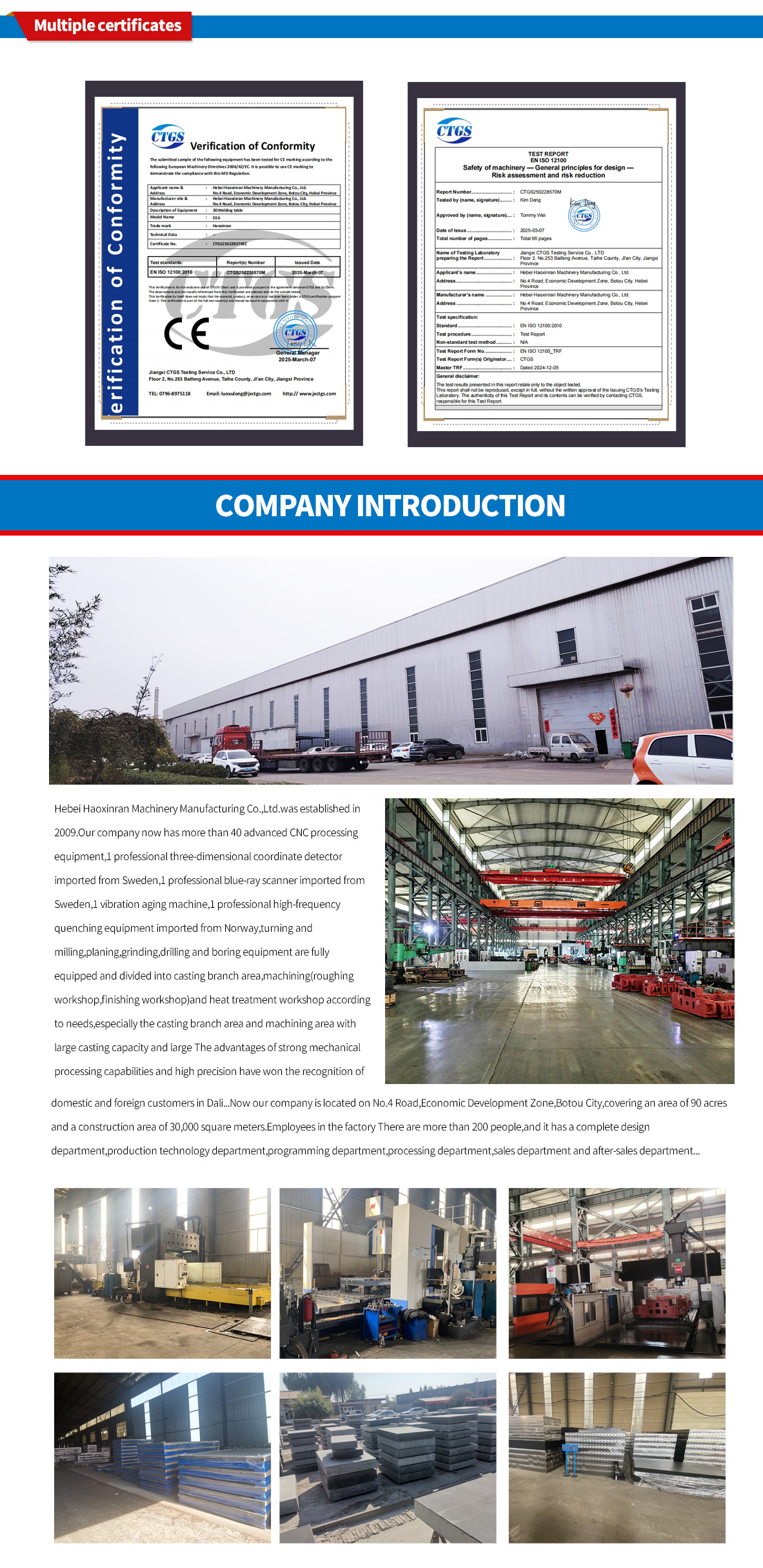
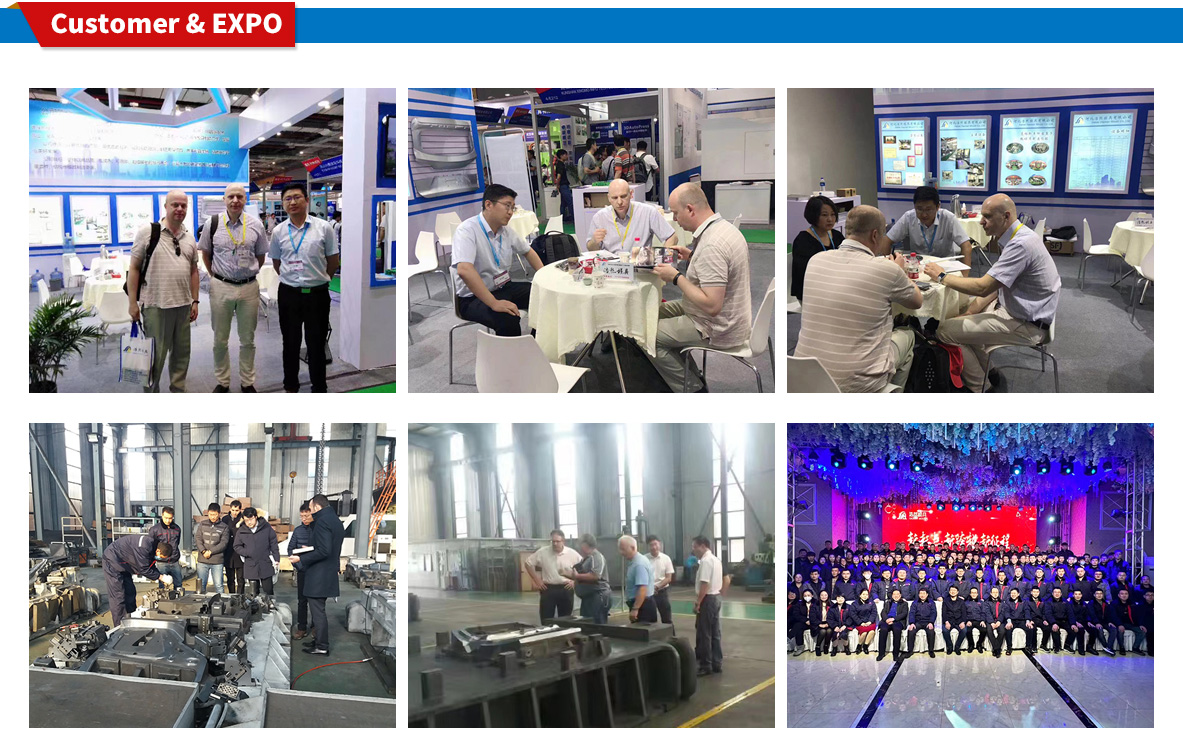
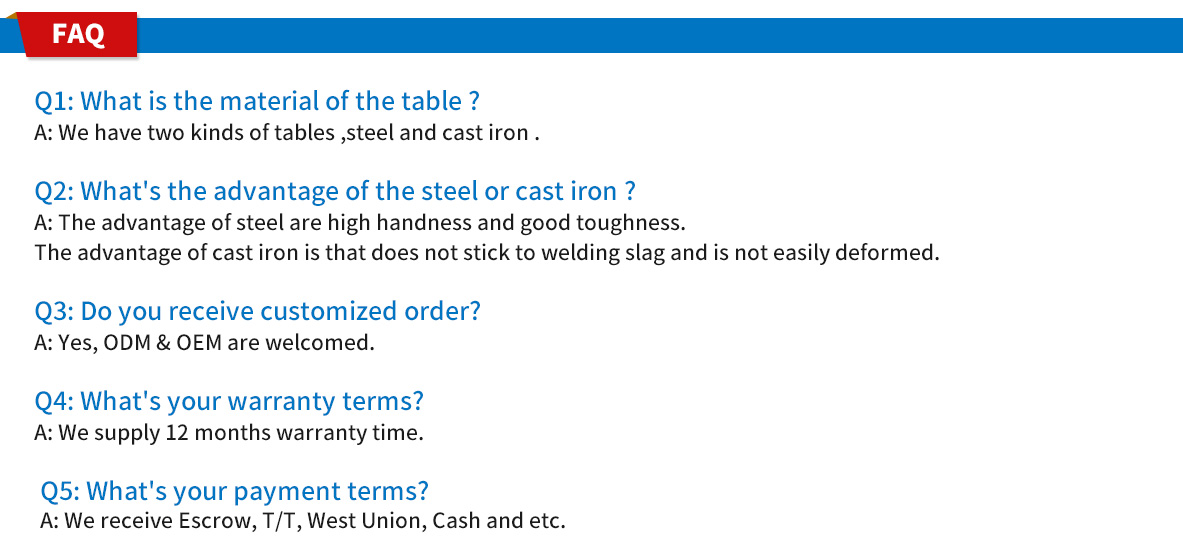
 HOT NEWS
HOT NEWS
-
How to Maintain Granite Platforms in Dusty Environments
2025-11-24 02:03:22
-
Modular Welding Tables: Boosting Accuracy and Efficiency in Fabrication
2025-11-21 12:25:54
-
Comprehensive Guide to Surface Treatment for Cast Iron Platforms
2025-11-18 12:25:34
-
Best Welding Table Options for Small Workshops
2025-11-15 10:33:25
-
Flexible Welding Tooling Solutions from China Manufacturer
2025-11-12 09:40:09
 CONTACT US
CONTACT US
—— E-mail:project@haoranmj.com
—— Whatsapp:+86 18932785670
—— Tel:+86 18932785670
—— Add:Across from Sanjing Distillery on Road 4, Botou Economic Development Zone, Cangzhou City, Hebei Province









